Click here to read our latest ebook, exploring how different trusts are building a shared culture.
The debate around autonomy vs. alignment for schools in Trusts has been animated over the past few years, with some MATs giving their schools independence over their policies and others preferring a more centralised approach.
If we accept that trusts will always differ on how centralised to be, perhaps the more interesting question becomes: how do you create a trust which works really well together as one organisation, regardless of where you sit on that scale?
What are the factors which create a successful, shared culture in a MAT? And how do you make sure the academies in your trust benefit from being part of a greater whole?
–
The importance of creating a shared culture in a MAT
To get a sense of the national picture, in February 2022 we surveyed 164 trust leaders from around the country. 94% of respondents agreed it’s important all schools in a MAT feel part of the same culture. In fact, many indicated that having a shared culture was fundamental to a MAT’s purpose; one respondent wrote, ‘I would wonder what ‘the point in being a trust would be if there was no sense of a shared culture.”
Having said this, nearly 1 in 5 respondents said that their trust did not have one cohesive culture which all schools feel part of, with many emphasising that this was an ongoing journey for their MAT.
One participant put this down to “each school [being] reluctant to take on ideas and processes the other schools use”, whilst another explained that “we have not had time to build a common ethos beyond our founders’ vision which was entrepreneurial.” For some MAT leaders, a shared culture is simply “a difficult thing to achieve when you are a big, mixed-phase MAT across different authorities.”
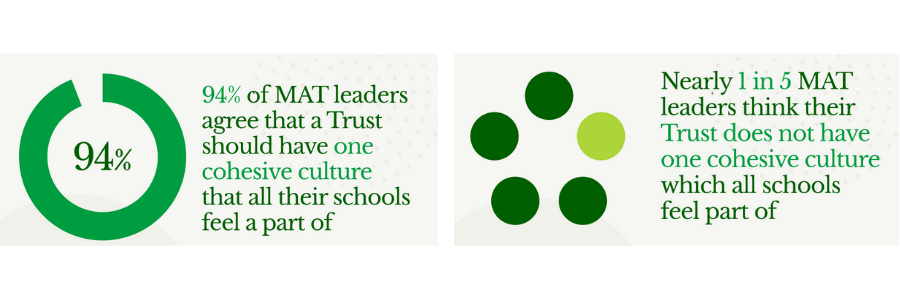
What are the foundations for a strong culture?
We asked those who felt they had already achieved a strong culture in their MAT about what they thought were the main factors that had led to this success. 78% of respondents to this question said that having a shared vision and values were the most important, with having clear leadership and shared staff opportunities also proving to be popular choices. One participant explained that, “shared vision and joined-up leadership are a precursor to successfully implementing any other measures.”
This speaks to a wider trend, where respondents seemed to value structural, trust-level factors over teaching and learning or pupil-driven factors, such as having a standardised curriculum, sharing the same visual identity (e.g. uniforms) and having shared opportunities for pupils across the trust.
What does the future of MAT culture look like?
With nearly 1 in 5 respondents saying they were yet to achieve a shared culture in their trust, we wanted to explore what some MAT leaders felt were the key drivers and best practices when it came to meaningful cultural change. To do this, we’ve compiled leaders’ viewpoints from five MATs across the country and put them together with our survey insights to create our latest ebook for MAT leaders, called Creating a Cohesive Trust. As well as our survey results and a question guide, hear from MAT leaders on how their trusts work together as one organisation, including discussions on:
- How to make meaningful cultural change in a Trust
- How far is too far when it comes to distance between schools?
- Why total honesty is the bedrock for a good MAT culture
- Prioritising pedagogy over Trust culture
- How to tailor communication and avoid creating a monoculture
Click here to download the full ebook.
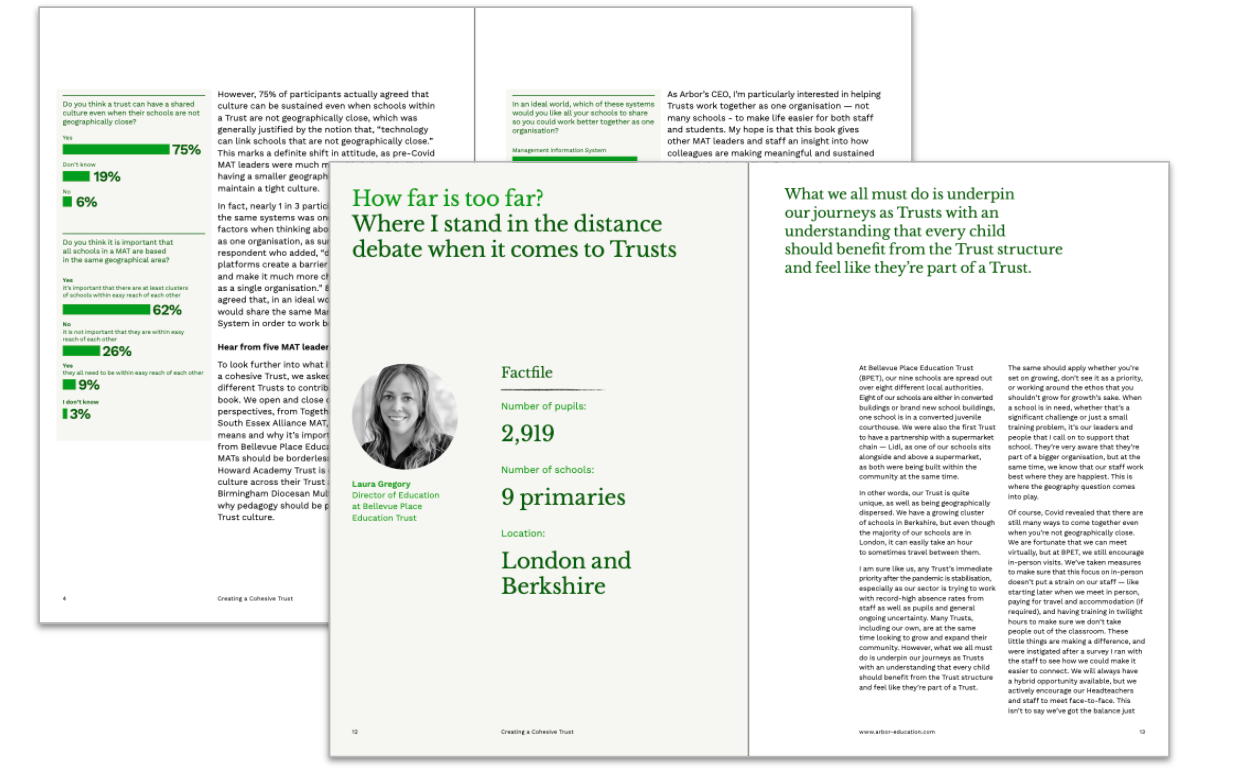
–
Want to read more MAT content? Get stuck in with our MAT MIS series, perfect for MAT Central Teams.
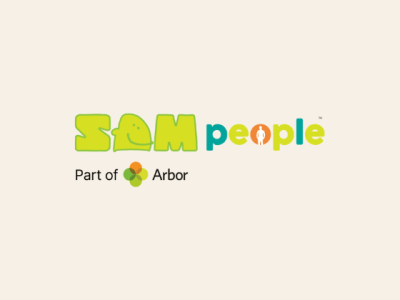
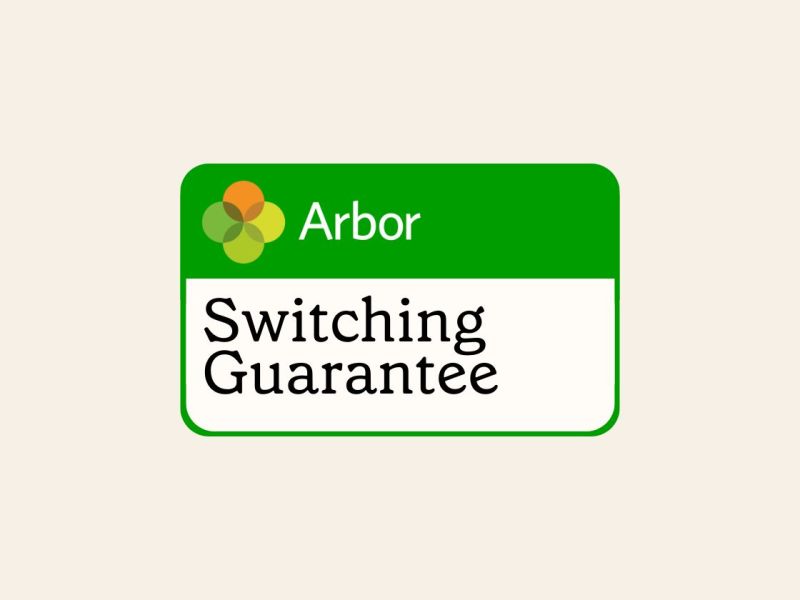



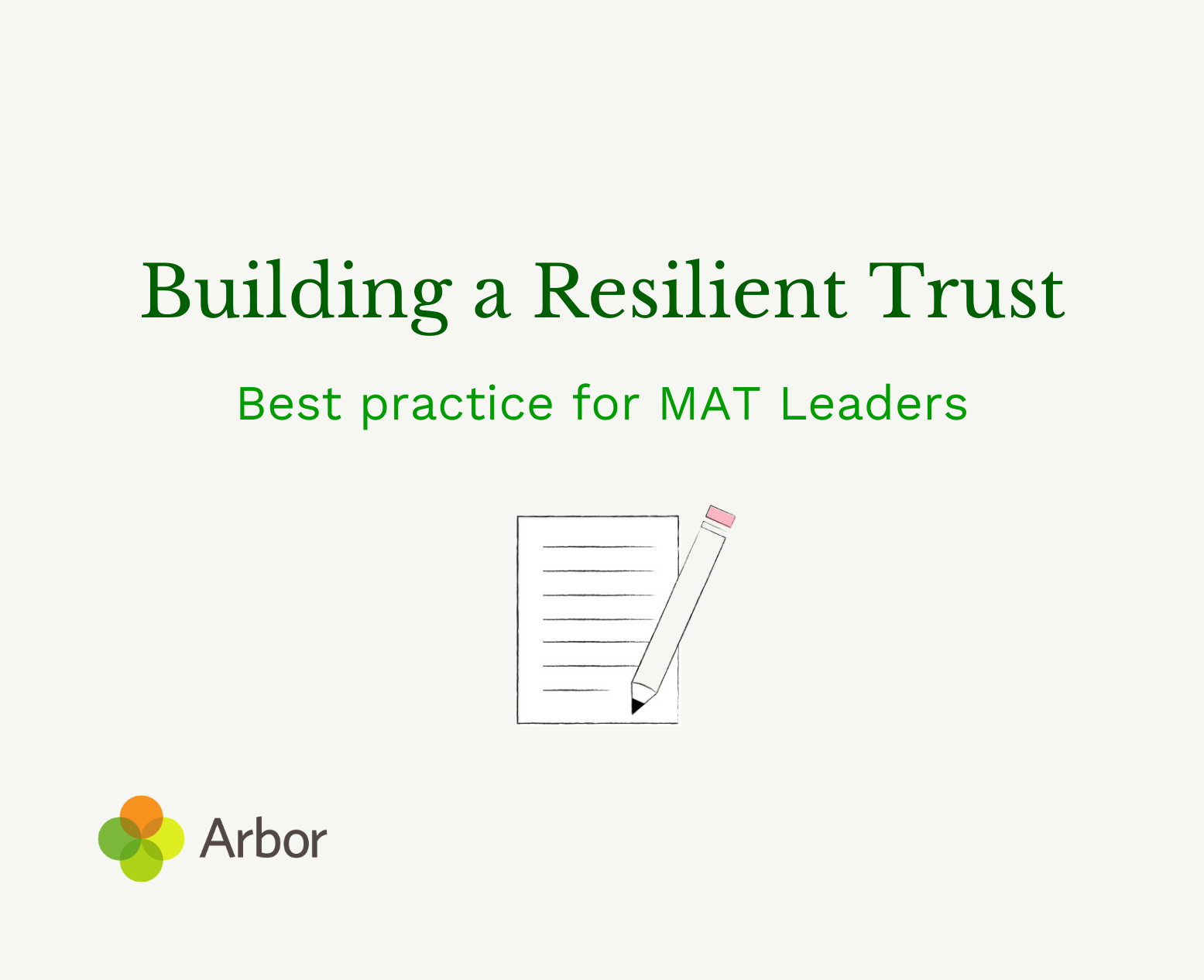
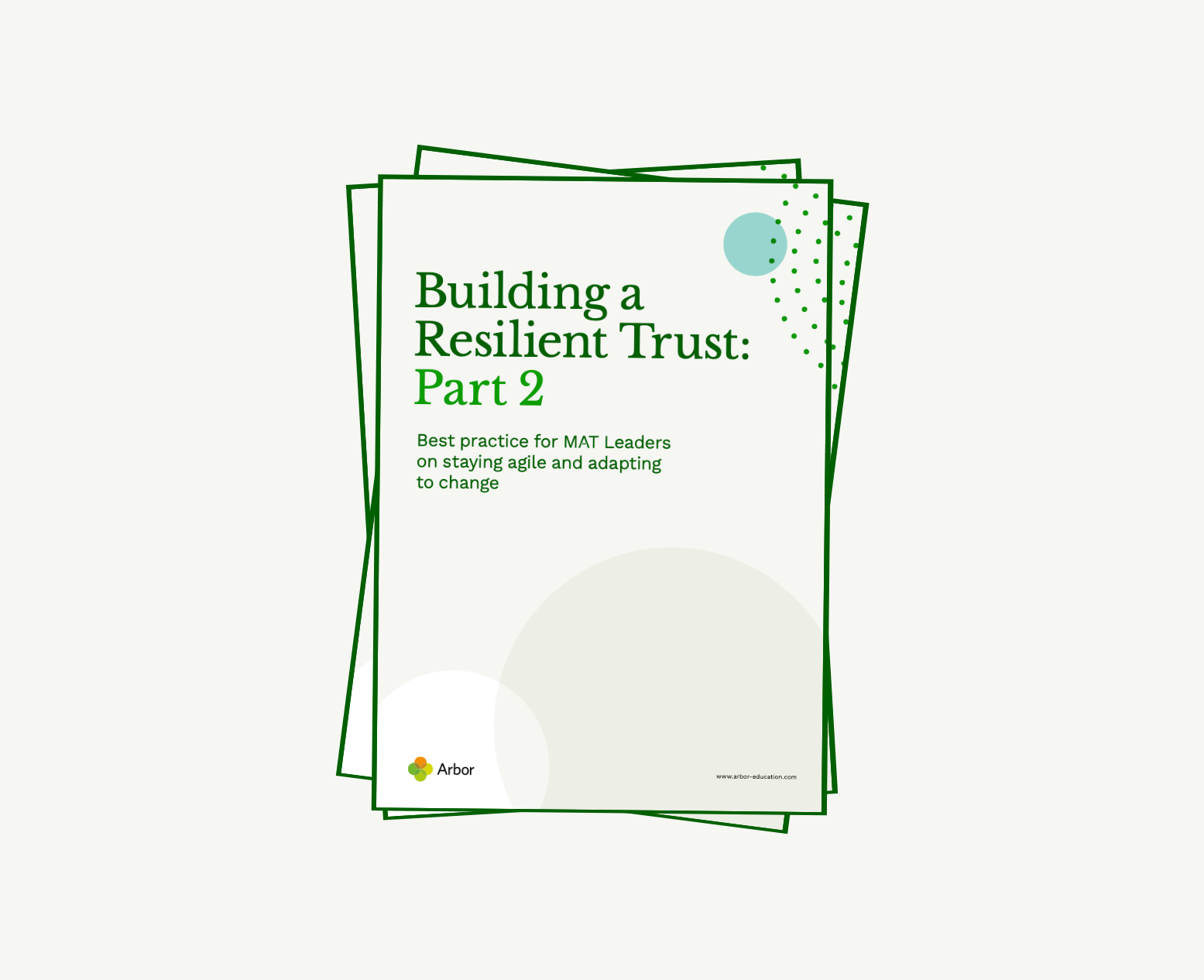
Leave a Reply